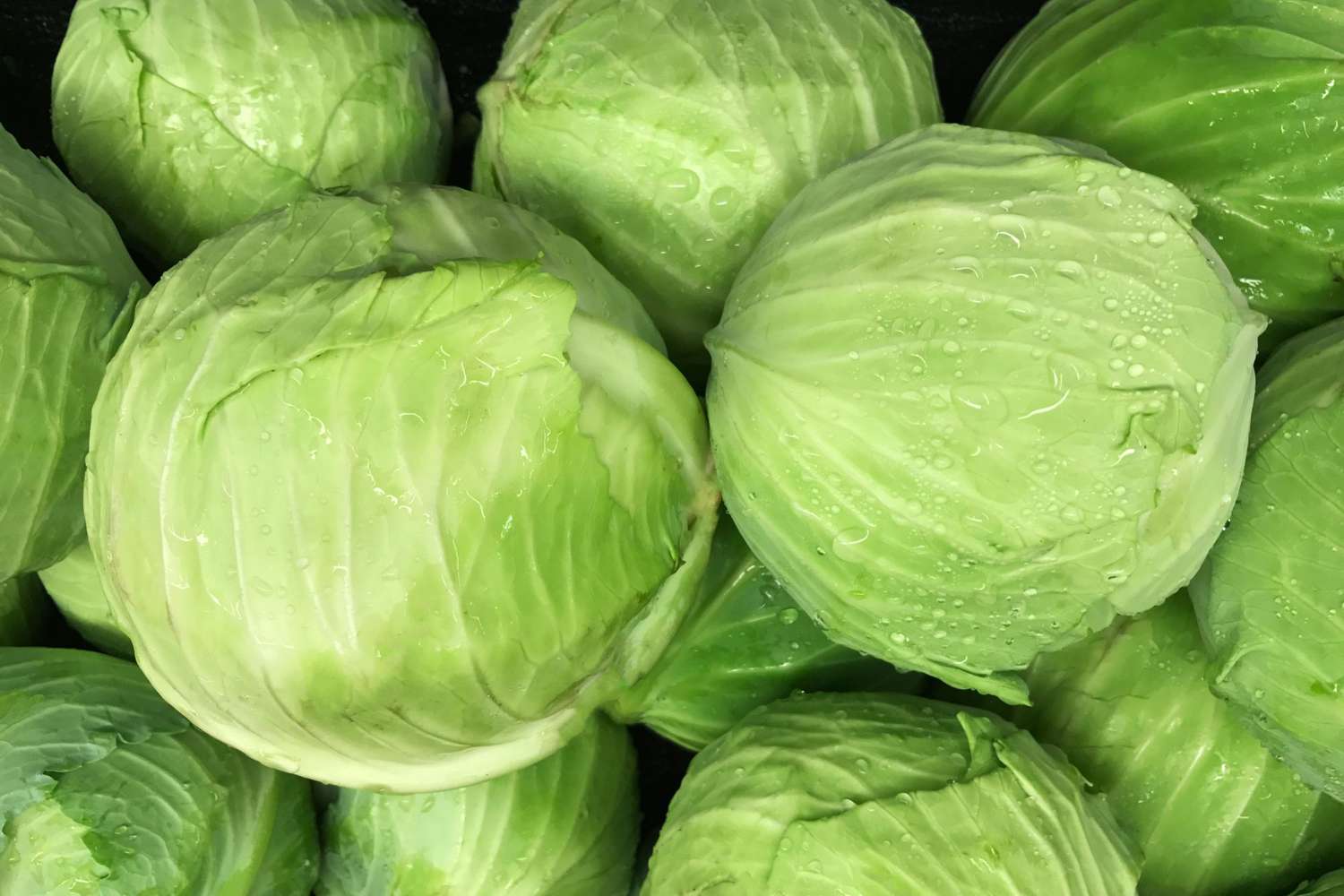

Articles
How To Store Cabbage Without Refrigeration
Modified: March 2, 2024
Learn how to store cabbage without refrigeration in this informative article. Find out the best methods to keep cabbage fresh for longer periods.
(Many of the links in this article redirect to a specific reviewed product. Your purchase of these products through affiliate links helps to generate commission for Storables.com, at no extra cost. Learn more)
Introduction
When it comes to storing fresh produce, refrigeration is often the go-to option for keeping fruits and vegetables fresh and crisp. However, there are times when you may not have access to a refrigerator or simply prefer to store certain items outside of it. Cabbage, a versatile and nutrient-rich vegetable, is one such ingredient that can be stored without refrigeration.
Storing cabbage without refrigeration can be a useful skill to have, especially if you have a surplus of this leafy vegetable or if you want to enjoy the distinct flavor of cabbage that can be enhanced through proper storage. In this article, we will explore the reasons why you might choose to store cabbage without refrigeration, factors to consider when storing cabbage, and alternative methods for keeping cabbage fresh.
Before diving into the specifics of cabbage storage, it’s important to note that while refrigeration is the most common method for preserving cabbage, it’s not the only option. By understanding the optimal conditions for cabbage storage and employing alternative techniques, you can prolong the shelf life of this vegetable and ensure it remains fresh and delicious.
So, if you’re ready to learn how to store cabbage without refrigeration, let’s explore the factors to consider when storing this versatile vegetable.
Key Takeaways:
- Store cabbage without refrigeration to preserve flavor, flexibility, and cultural traditions. Consider temperature, humidity, and air circulation for optimal storage conditions. Choose the right cabbage and monitor for spoilage signs.
- Explore alternative storage methods like root cellaring, sand storage, canning, fermenting, or freezing. Regularly inspect, control temperature and humidity, ensure air circulation, and watch for spoilage signs to maintain cabbage freshness.
Read more: How To Store Cabbage In The Refrigerator
Why Store Cabbage without Refrigeration?
While refrigeration is the default method for storing perishable items, there are several reasons why you might opt to store cabbage without it. Here are a few notable advantages:
- Preserving Flavor and Texture: Refrigeration can sometimes affect the taste and texture of cabbage. Storing cabbage at room temperature or in alternative methods can help retain its natural flavor and crunchiness, allowing you to fully enjoy its distinct taste.
- Flexibility in Storage: Not everyone has ample refrigerator space to store large heads of cabbage. Storing cabbage without refrigeration opens up more options for utilizing kitchen storage areas.
- Emergency Situations: In the event of a power outage or other unexpected situations where refrigeration is not available, knowing how to store cabbage without it can be a valuable skill.
- Cultural and Traditional Preservation Methods: Many cultures around the world have been storing cabbage without refrigeration for centuries. Learning these traditional preservation methods can connect you to culinary practices and traditions from different regions.
By understanding the benefits of storing cabbage without refrigeration, you can explore alternative storage methods and find the one that best suits your needs and preferences.
Factors to Consider when Storing Cabbage
Before diving into the different methods of storing cabbage without refrigeration, it’s important to consider certain factors that can affect the shelf life and quality of the vegetable. By taking these factors into account, you can ensure optimal storage conditions and maximize the freshness of your cabbage.
Temperature
Cabbage is best stored at cool temperatures between 32°F (0°C) to 50°F (10°C). It’s important to avoid extreme temperatures, as both heat and cold can lead to faster deterioration. Ideally, you want to find a cool, dark place in your home where the temperature falls within this range.
Humidity
Another factor to consider is humidity. Cabbage prefers moderate humidity levels, around 80-90%. If the environment is too dry, the cabbage leaves may wither and become dry. On the other hand, if the humidity is too high, it can lead to moisture buildup and invite mold and rot. It’s important to strike a balance and monitor the humidity levels to ensure cabbage stays fresh.
Read more: How To Store Cut Cabbage In The Refrigerator
Air Circulation
Proper air circulation is necessary to prevent moisture buildup and maintain cabbage’s freshness. When storing cabbage, make sure there is adequate ventilation to avoid trapping moisture around the vegetable. This can be achieved by placing cabbage in a well-ventilated area or using storage methods that allow for proper airflow.
Light Exposure
While cabbage doesn’t like direct sunlight, it’s important to store it in a location that is not completely dark. Some exposure to indirect light helps retain the cabbage’s color and prevents it from becoming pale and wilted.
Maturity of Cabbage
The maturity of the cabbage can also influence its storage potential. Ideally, store cabbage that is fully mature, meaning it has reached its peak ripeness and has firm, dense leaves. Immature or damaged cabbage is more prone to spoilage and may not store well.
By considering these factors when storing cabbage without refrigeration, you can create an optimal environment for prolonging its shelf life and preserving its quality.
Choosing the Right Cabbage
When it comes to storing cabbage without refrigeration, selecting the right type and quality of cabbage is crucial. Here are a few factors to consider when choosing the perfect cabbage for storage:
Read more: How To Store Lemons Without Refrigeration
Variety
Cabbage comes in various varieties, each with its own unique flavor profile and characteristics. The most common varieties include green cabbage, red cabbage, and savoy cabbage. Green cabbage is the most versatile and widely available, while red cabbage adds color and a slightly sweeter taste to dishes. Savoy cabbage is known for its crinkly leaves and delicate flavor. Consider your preferences and the specific recipes you plan to use the cabbage in when choosing the variety.
Quality
Look for cabbages that are firm, dense, and free from blemishes or signs of damage. The leaves should be vibrant and crisp, without any yellowing or wilting. Avoid cabbages that feel spongy or have soft spots, as these are indications of decay.
Size
The size of the cabbage head can also impact storage. Smaller cabbage heads are generally easier to store, as they can fit into various storage containers or methods more easily. However, if you have large cabbages that you want to store, make sure you have adequate space available in your chosen storage area.
Freshness
Choose cabbages that are freshly harvested, as they tend to have a longer shelf life. If possible, buy cabbages from local farmers’ markets or farm stands, where you can find freshly harvested produce. Avoid cabbages that have been sitting out for too long in grocery stores, as they may have already started to deteriorate.
By selecting the right type of cabbage and ensuring its quality and freshness, you set a solid foundation for successful cabbage storage without refrigeration.
Read more: How To Store Apples Without Refrigeration
Preparing Cabbage for Storage
Before storing cabbage without refrigeration, it’s important to properly prepare the vegetable to ensure its longevity. Here are the steps to take when preparing cabbage for storage:
Cleaning
Start by removing any loose outer leaves from the cabbage head. These leaves may be discolored or starting to wilt, and removing them will help maintain the freshness of the remaining leaves. Wash the cabbage head under cold running water to remove any dirt or debris.
Drying
After washing, it’s crucial to dry the cabbage thoroughly. Excess moisture can lead to decay and mold growth. Use a clean kitchen towel or paper towels to gently pat the cabbage dry. Make sure to remove as much moisture as possible from the leaves and crevices.
Trimming
Inspect the cabbage head for any damaged or bruised areas. If you notice any discolored or soft spots, trim them away using a clean knife. Removing damaged portions will prevent the spread of decay to the rest of the cabbage.
Read more: How To Store Eggs Without Refrigeration
Slicing or Shredding (Optional)
Depending on how you plan to use the cabbage, you may choose to slice or shred it before storage. This step is optional and can be done if you want to have pre-cut cabbage on hand for quick meal preparation. If you decide to slice or shred the cabbage, make sure to use a clean knife and cutting board.
Once you have completed these preparation steps, your cabbage is ready for storage. Remember to handle the cabbage with care to avoid any unnecessary damage to the leaves. With the cabbage prepared, let’s move on to exploring the different methods of storing cabbage without refrigeration.
Storing Cabbage in a Cool, Dark Place
One of the simplest and most effective methods of storing cabbage without refrigeration is to find a cool, dark place in your home to keep the vegetable. Here are some steps to follow when storing cabbage in a cool, dark place:
Selecting the Storage Area
Look for a storage area in your home that meets the criteria of being cool and dark. Basements, cellars, or root cellars are ideal options as they tend to maintain a consistent cool temperature. If these areas are not available, you can also use a pantry, a cupboard away from direct sunlight, or even a garage, as long as the temperature falls within the recommended range.
Wrap the cabbage head tightly in a few layers of newspaper or place it in a paper bag. This will provide insulation and protect the cabbage from excessive light and potential moisture buildup. Avoid using plastic bags, as they can trap moisture and lead to rot.
Find a spot in the storage area where the temperature remains relatively stable and cool. Ideally, the temperature should be between 32°F (0°C) to 50°F (10°C). Place the wrapped cabbage in this location, ensuring that it is not in direct contact with the ground or any potentially damp surfaces.
Read more: How To Store Meat Without Refrigeration
Check on the stored cabbage regularly to monitor its condition. Inspect the cabbage for any signs of spoilage, such as mold, rot, or wilting leaves. If you notice any issues, remove the affected portions immediately to prevent further deterioration.
By following these steps and storing cabbage in a cool, dark place, you can extend its shelf life and maintain its quality without the need for refrigeration.
Using Alternative Storage Methods for Cabbage
If you don’t have access to a cool, dark place for storing cabbage or if you’re looking for alternative storage methods, there are several options you can explore. Here are a few alternative storage methods for cabbage:
Read more: How To Store Meat Without Refrigeration
Root Cellaring
In traditional root cellaring, cabbage can be stored alongside other root vegetables such as carrots, potatoes, and onions. Create a space in your basement or cellar that is cool, dark, and has moderate humidity. Place the cabbage heads on shelves or in ventilated crates, making sure to keep them separate from other vegetables to prevent potential cross-contamination.
Sand Storage
Another method for storing cabbage is to bury the heads in dry sand. Fill a container, such as a bucket or a wooden crate, with clean, dry sand. Place the cabbage heads in the sand, making sure they are fully covered. Store the container in a cool location with good airflow. The sand acts as insulation and helps maintain the required humidity levels.
Canning or Fermenting
If you prefer to preserve cabbage in a different form, canning or fermenting are excellent options. Canning involves packing shredded or sliced cabbage into jars and processing them in a boiling water bath or pressure canner. Fermenting cabbage, commonly known as sauerkraut, involves preparing cabbage with salt and allowing it to ferment over several weeks. Canned or fermented cabbage can be stored at room temperature in a pantry or cupboard.
Freezing
While freezing is a form of refrigeration, it is still considered an alternative storage method if you don’t have immediate access to a refrigerator. Blanch the cabbage leaves in boiling water for a couple of minutes, then plunge them into ice water to stop the cooking process. Pat the leaves dry and place them in freezer-safe bags or containers. Store the cabbage in the freezer, and it will stay fresh for several months.
By exploring these alternative storage methods, you can find the one that suits your needs best and helps you preserve cabbage without the need for traditional refrigeration.
Read more: How To Store Carrots Without Refrigeration
Monitoring and Maintaining Cabbage Storage Conditions
Once you have stored cabbage using your chosen method, it’s important to regularly monitor and maintain the storage conditions to ensure the longevity and quality of the vegetable. Here are some important steps to consider:
Regular Inspection
Check the stored cabbage regularly to assess its condition. Look for any signs of spoilage, such as mold, rot, or wilting leaves. If you notice any issues, remove the affected cabbage immediately to prevent the spread of decay to the surrounding heads. Regular inspection helps you catch any problems early and preserve the quality of the stored cabbage.
Temperature Control
Monitor the temperature of the storage area and ensure it remains within the recommended range of 32°F (0°C) to 50°F (10°C). Extreme temperature fluctuations can impact the cabbage’s quality and shelf life. If necessary, make adjustments to the storage location or insulation to maintain a stable and cool temperature.
Moisture Control
Keep an eye on the humidity levels in the storage area. Use a hygrometer to measure the humidity and ensure it stays within the desired range of 80-90%. If the humidity is too low, you can increase it by placing a tray of water near the cabbage or covering the cabbage with a damp cloth. Conversely, if the humidity is too high, improve ventilation in the storage area or reduce the amount of moisture present.
Read more: How To Store Cut Cabbage In The Refrigerator
Air Circulation
Ensure adequate air circulation around the stored cabbage. Proper airflow helps prevent moisture buildup and reduces the risk of mold or rot. If you notice condensation or excess moisture, increase ventilation or adjust the wrapping or packaging of the cabbage to allow for better airflow.
Rotation
If you have multiple cabbages stored, it’s a good practice to rotate them periodically. This prevents any one cabbage from being continuously exposed to the same environmental conditions, ensuring equal preservation for all the heads. Rotate the cabbages every few weeks to promote even storage and longevity.
By monitoring and maintaining the storage conditions of cabbage, you can extend its shelf life and preserve its quality, even without the use of refrigeration.
Signs of Spoiled Cabbage
While proper storage can help prolong the freshness of cabbage, it’s essential to be aware of the signs that indicate cabbage has spoiled. Here are some common signs of spoiled cabbage:
Mold
If you notice the presence of fuzzy or greenish-blue spots on the cabbage leaves, it is a clear sign of mold. Mold growth can occur due to excess moisture or improper storage conditions. Moldy cabbage should not be consumed, as it can cause digestive issues and may contain harmful toxins.
Read more: How To Store Chopped Cabbage
Foul Odor
A foul odor emanating from the cabbage is a strong indication that it has started to spoil. If the cabbage gives off a rancid, rotten, or unpleasant smell, it is best to discard it. A strong odor typically accompanies bacterial growth or decay.
Wilted or Slimy Leaves
When cabbage starts to spoil, its leaves may become wilted and soft. Instead of the crisp texture it usually has, the leaves may turn mushy or slimy. If you notice any sliminess or a significant change in texture, it’s a clear sign that the cabbage is no longer fresh and should be discarded.
Discoloration
Discoloration of cabbage can occur as it spoils. Look for any noticeable changes in color, such as a yellow or brown tint on the leaves. While some color variation is normal as cabbage ages, a significant change in color is an indication of spoilage.
Bruising
Cabbages with bruises are prone to spoilage. If you see any large, dark bruises or soft spots on the cabbage, it’s a sign that the vegetable has been damaged and is more susceptible to decay. To prevent further spoilage, it’s best to remove the affected portions or discard the cabbage if the damage is extensive.
It’s important to note that consuming spoiled cabbage can lead to foodborne illnesses and unpleasant side effects. If you notice any of these signs of spoilage, it’s best to err on the side of caution and dispose of the cabbage to avoid any potential health risks.
Read more: How To Store Uncooked Cabbage
Conclusion
Storing cabbage without refrigeration is not only a practical skill but also a way to preserve its flavor and texture. By considering the factors that affect cabbage storage, choosing the right cabbage, and properly preparing it for storage, you can extend its shelf life and enjoy its freshness for an extended period.
Whether you opt for storing cabbage in a cool, dark place or explore alternative methods such as root cellaring, sand storage, canning, fermenting, or freezing, each method offers its own unique benefits and allows you to adapt to your specific storage needs.
However, it is crucial to monitor and maintain the storage conditions to prevent spoilage. Regularly inspecting the cabbage, controlling temperature and humidity, ensuring proper air circulation, and rotating the stored heads are all crucial steps in preserving the cabbage’s quality and preventing decay or mold growth.
Understanding the signs of spoiled cabbage, such as mold, foul odor, wilted or slimy leaves, discoloration, and bruising, is important for identifying when the cabbage is no longer suitable for consumption. Discard any cabbage that exhibits these signs to avoid potential health risks.
Now that you have learned about various methods, factors, and signs to consider when storing cabbage without refrigeration, you can confidently store and enjoy this versatile vegetable without relying solely on traditional refrigeration methods.
So go ahead, get creative with your storage solutions, and savor the deliciousness of fresh cabbage, even without opening your refrigerator door.
Frequently Asked Questions about How To Store Cabbage Without Refrigeration
Was this page helpful?
At Storables.com, we guarantee accurate and reliable information. Our content, validated by Expert Board Contributors, is crafted following stringent Editorial Policies. We're committed to providing you with well-researched, expert-backed insights for all your informational needs.
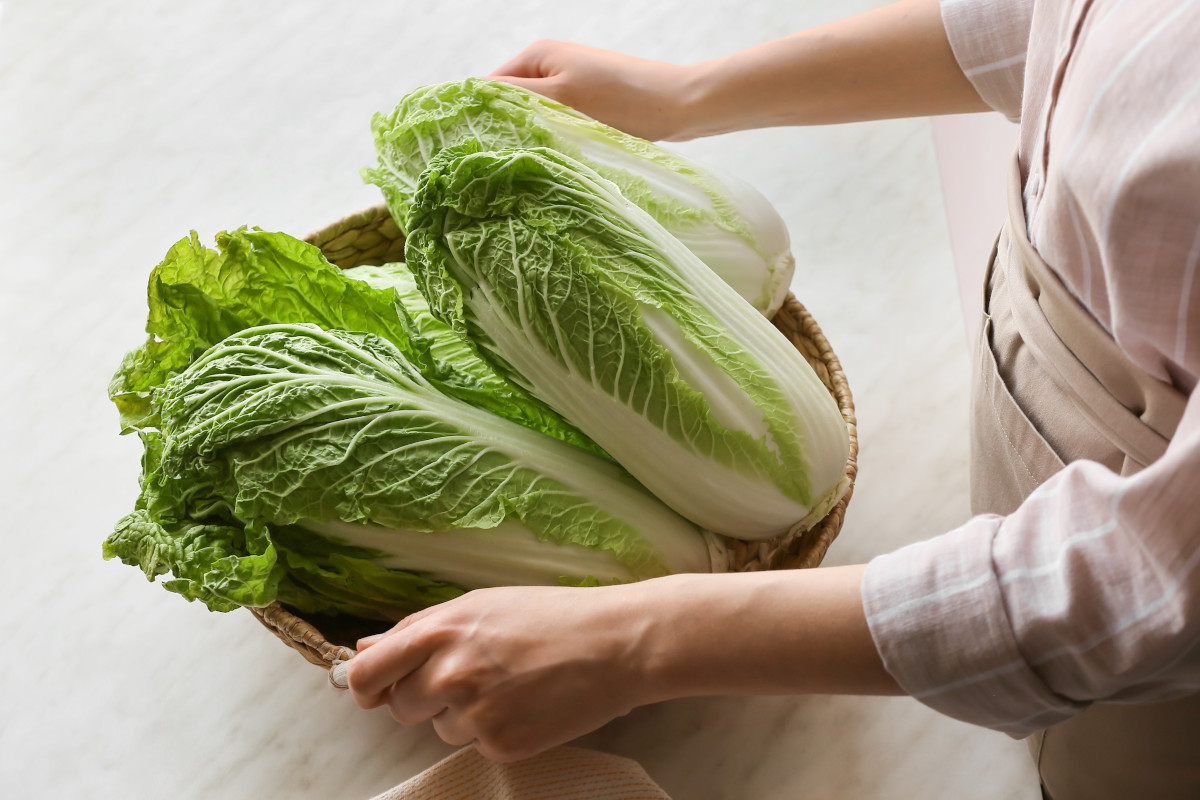
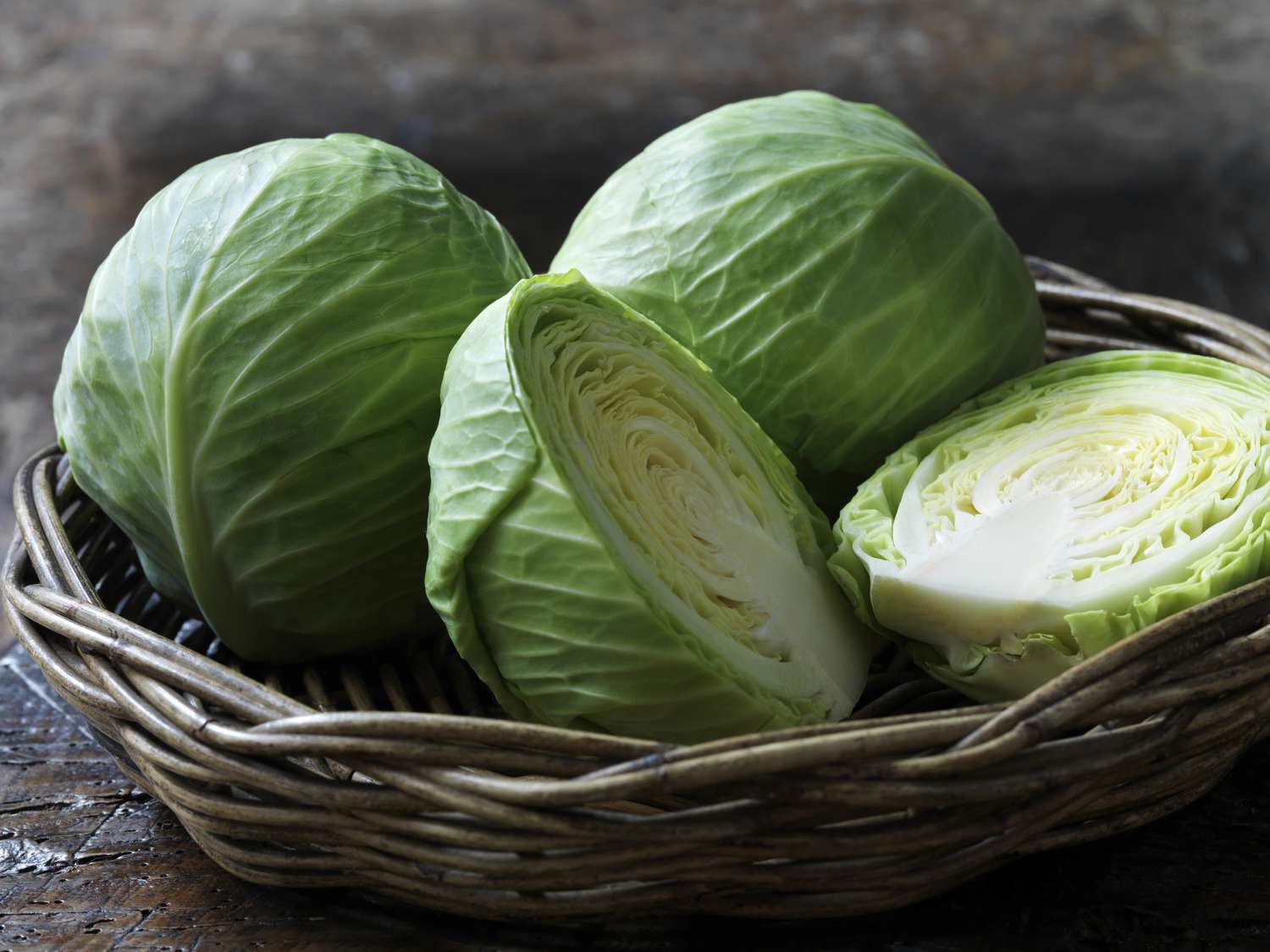
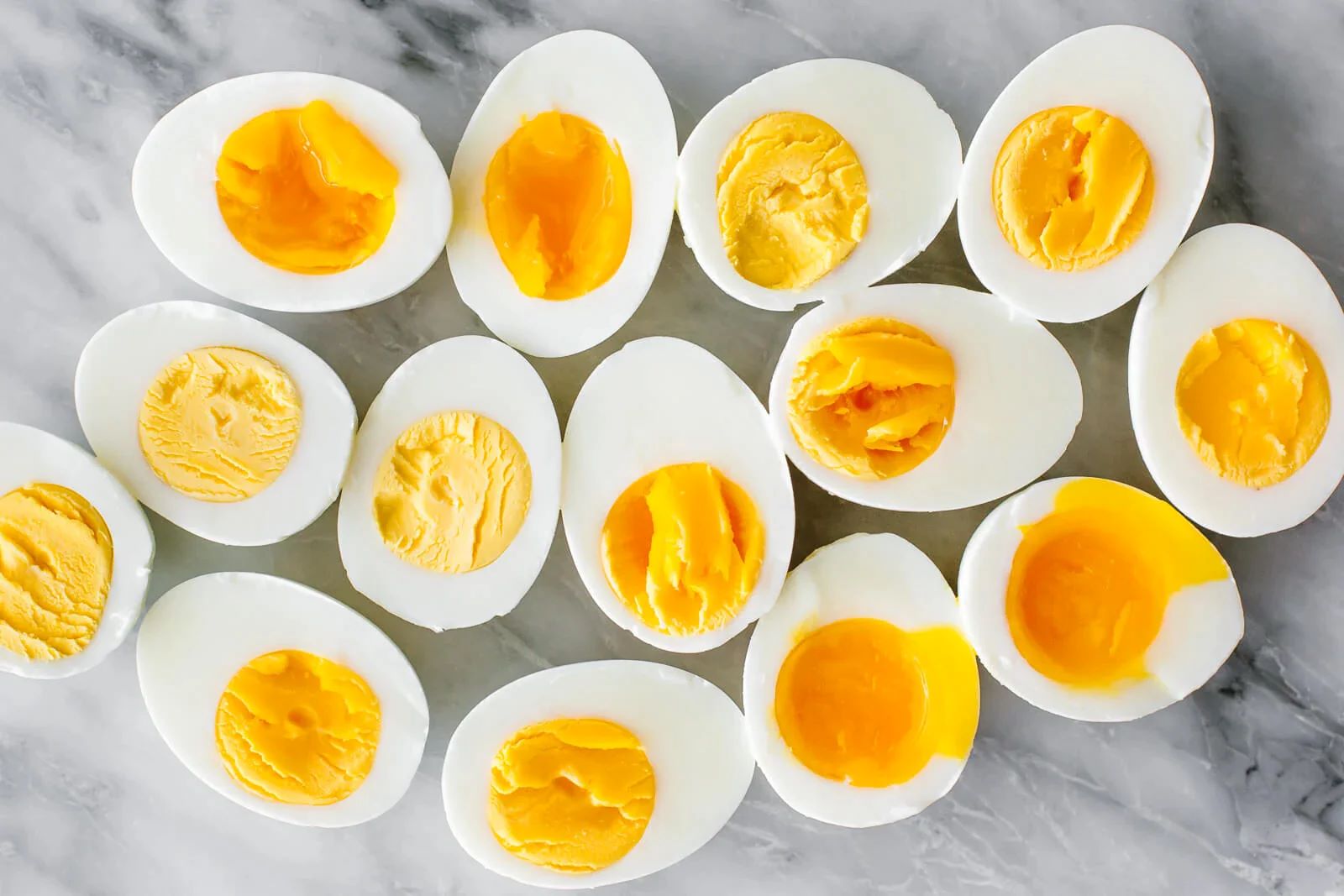
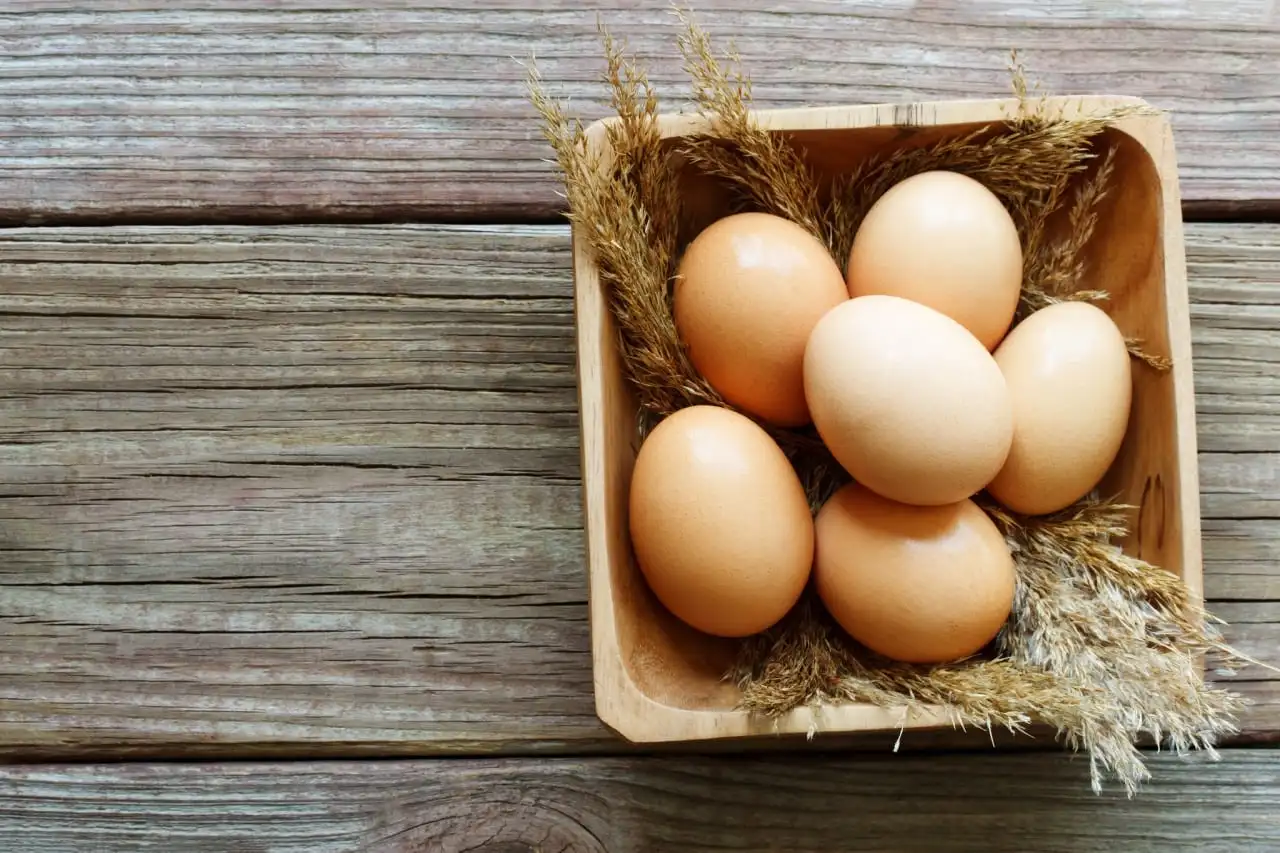
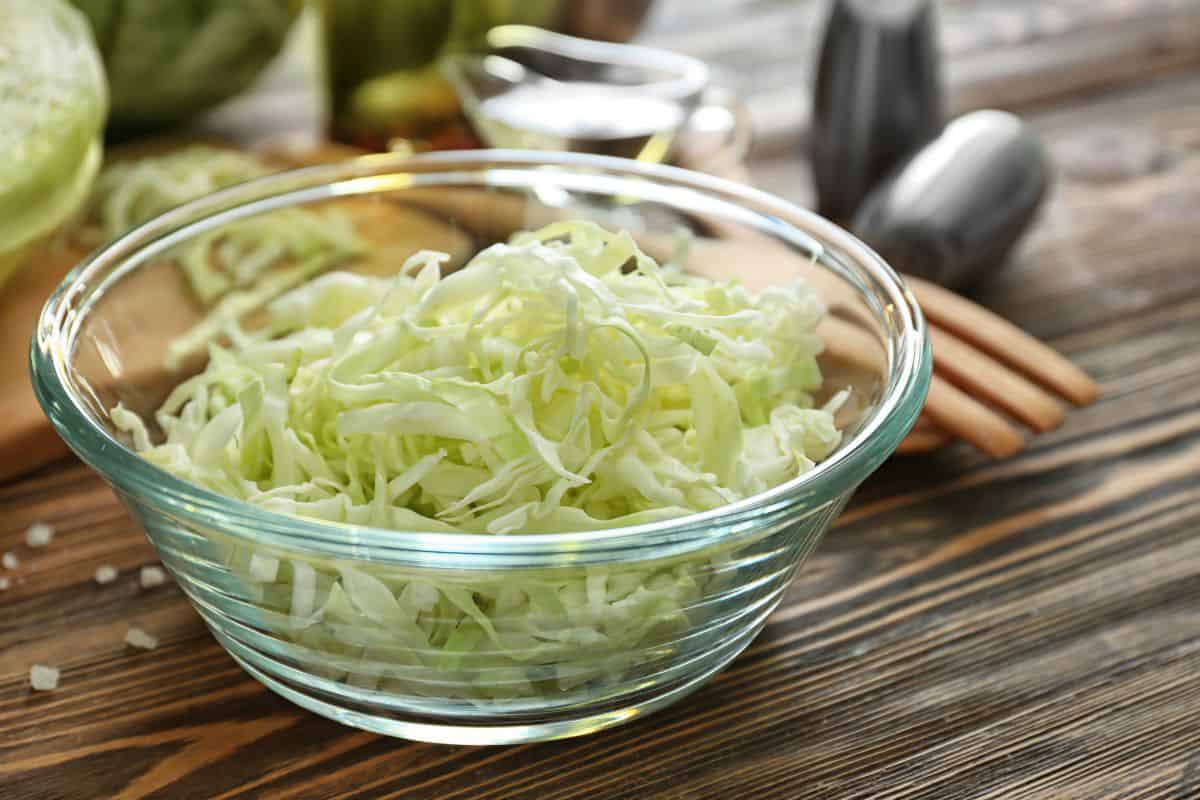
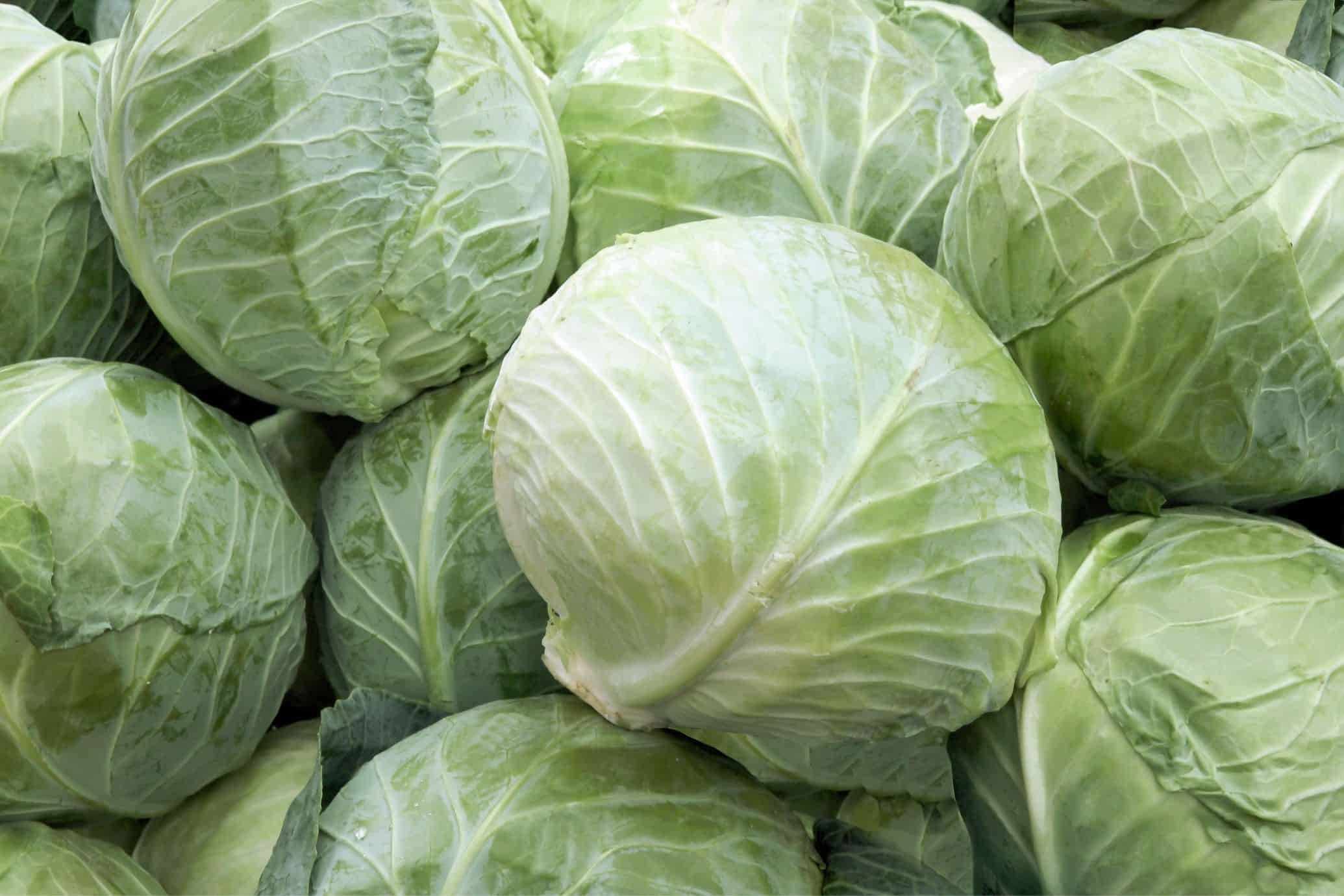

0 thoughts on “How To Store Cabbage Without Refrigeration”